Photographer Akasha Rabut embraces New Orleans' elusive subcultures
Death Magick Abundance captures the spirit of this vibrant city of the American South through its people
Akasha Rabut - Photography
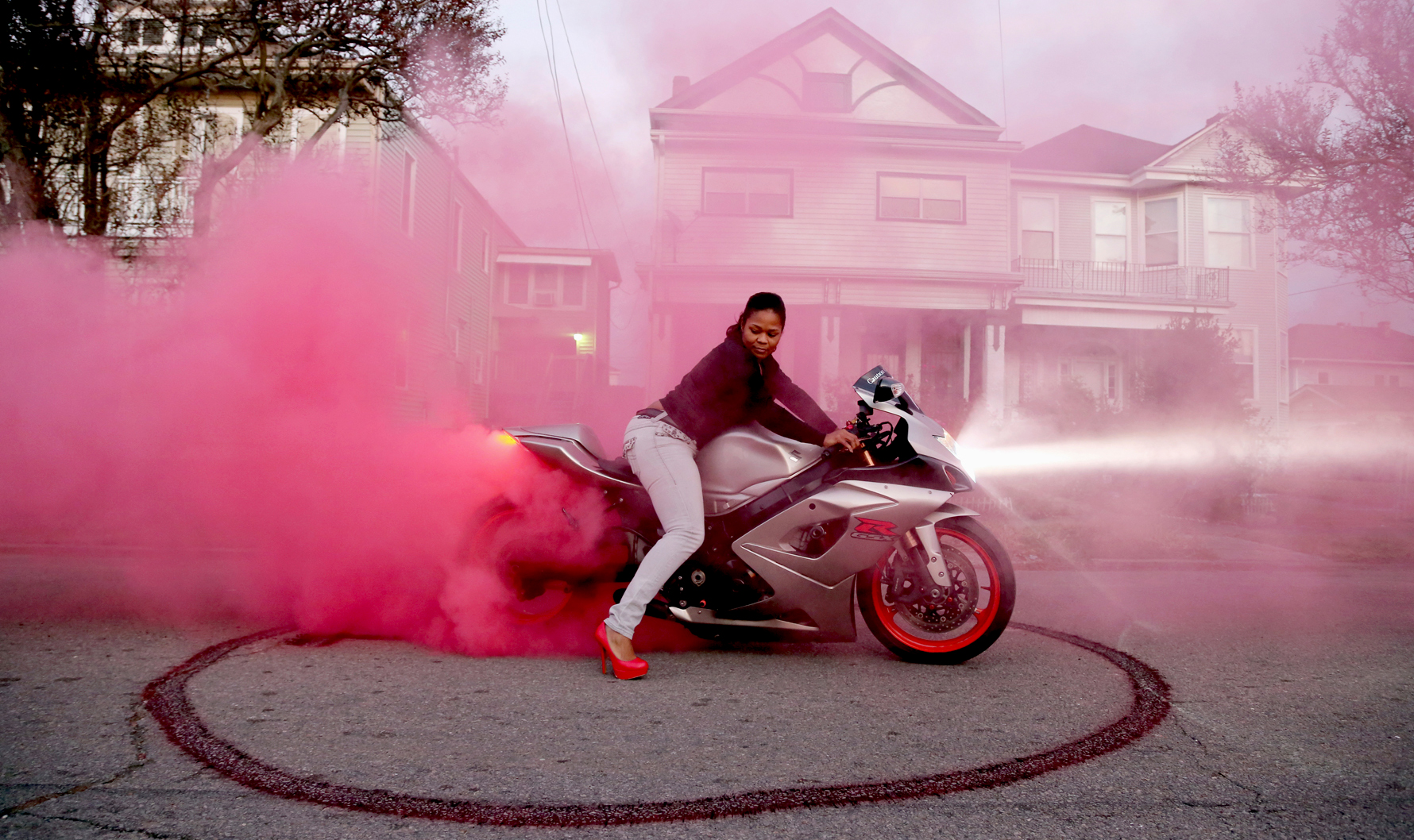
To look at Akasha Rabut’s first monograph, you’d be forgiven for expecting something other than a photobook inside, but its pink-fronted, star-marked cover is only half as curious as its name. Death Magick Abundance, published by Anthology Editions, refers to the photographer’s own understanding of New Orleans’ cycles of life: things die in order to bring others to life. Designed by local artist and tattooist, Pauly Lingerfelt, the cover itself suggests something of Haitian spell magic.
Whilst a pervasive image exists of New Orleans: its brass instruments, its parades with joy-stepping second lines and feather-strewn regalia, penetrating the city’s thick skin is a hard-done task. Rabut’s photobook took a decade to amass, by which point she’d been ‘invited in’, even to two of the city’s most elusive subcultures: urban cowboys and an all-female motorcycle riding club. Rabut works like a documentarian, guided by wabi-sabi principles as she embraces both the ruins and vibrance of New Orleans.
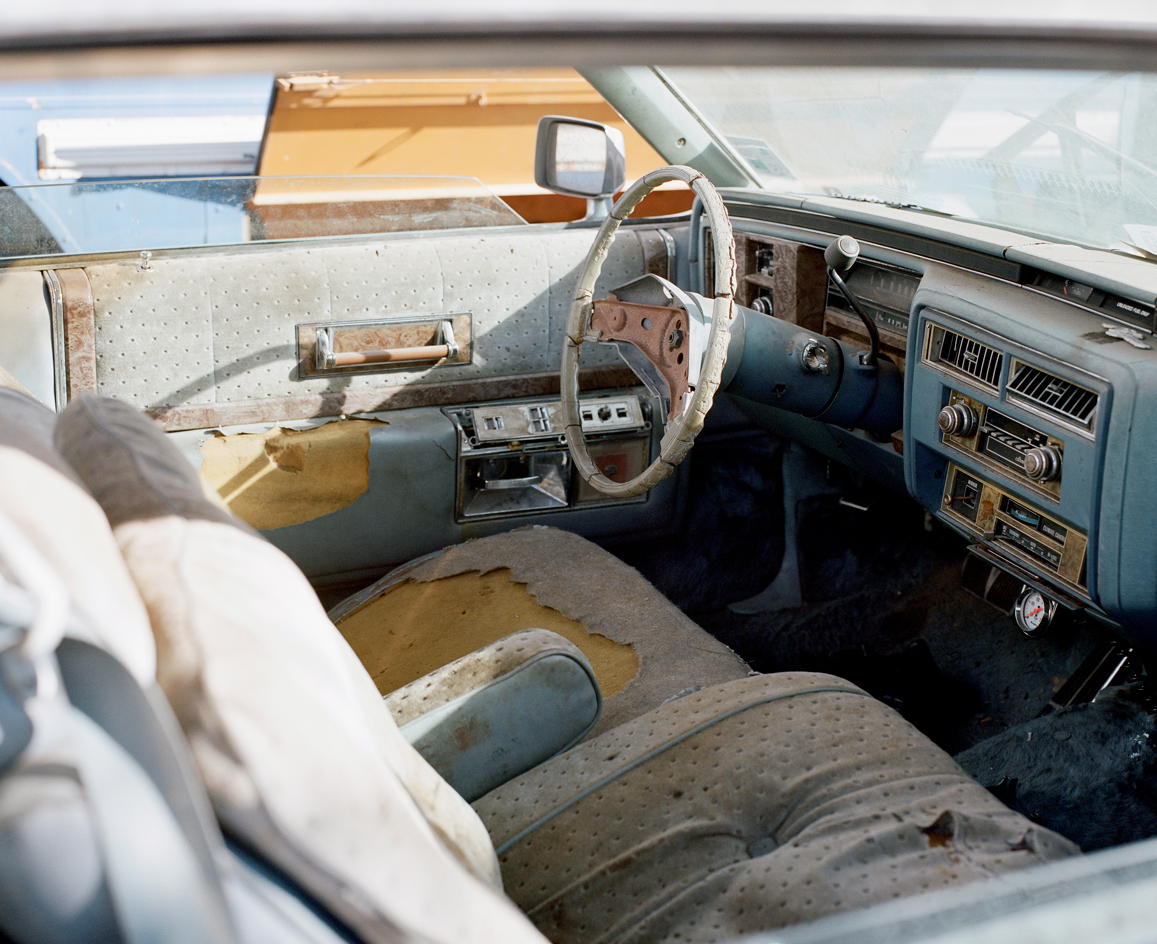
Montegut St., 2015. © Akasha Rabut from Death Magick Abundance, published by Anthology Editions
It started with a death. Lionel Batiste, of the Treme Brass Band, died in 2012. On this occasion, Rabut was invited to her first jazz funeral, a formative experience for the photographer, whose first wanders about the city were affronted by persistent Hurricane Katrina devastation. ‘There is still a thriving culture, there’s post-Katrina culture,’ Rabut explains.
I want people to want their photo taken as much as I want to take it
It is clear that the lens stands in for Rabut’s own person. Often, the people she captures look out through the image, at times with arms outspread to invite you in or with a single finger held to their lips, intimating a secret, all teased out by Rabut’s considered, ethnographic approach. ‘I work better when I feel connected to a place, when I have been able to build trust and relationships,’ she says. ‘I want people to want their photo taken as much as I want to take it. I often worry about being extractive and exploitative. [New Orleans] has been exploited enough’. The city’s residents encircle themselves in ritual culture, marked most evidently by second line traditions – itself an act of strength and persistence.
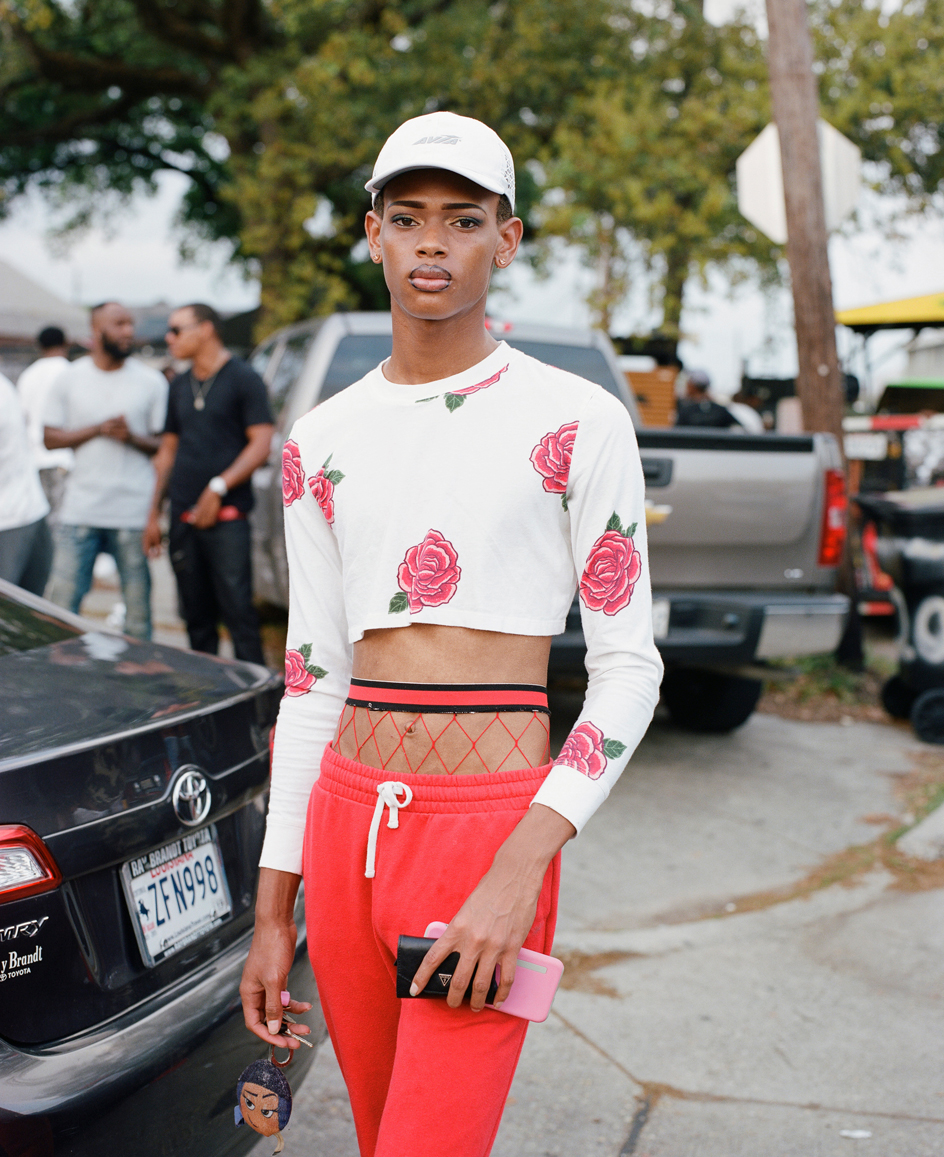
Hoffman Triangle, 2018. © Akasha Rabut from Death Magick Abundance, published by Anthology Editions
You could think of the book as ‘a day in the life of’ a New Orleanian, but only if you remember that it is a day only made possible by other difficult ones, a day that took ten years to bring about, presented to you in colour and print.
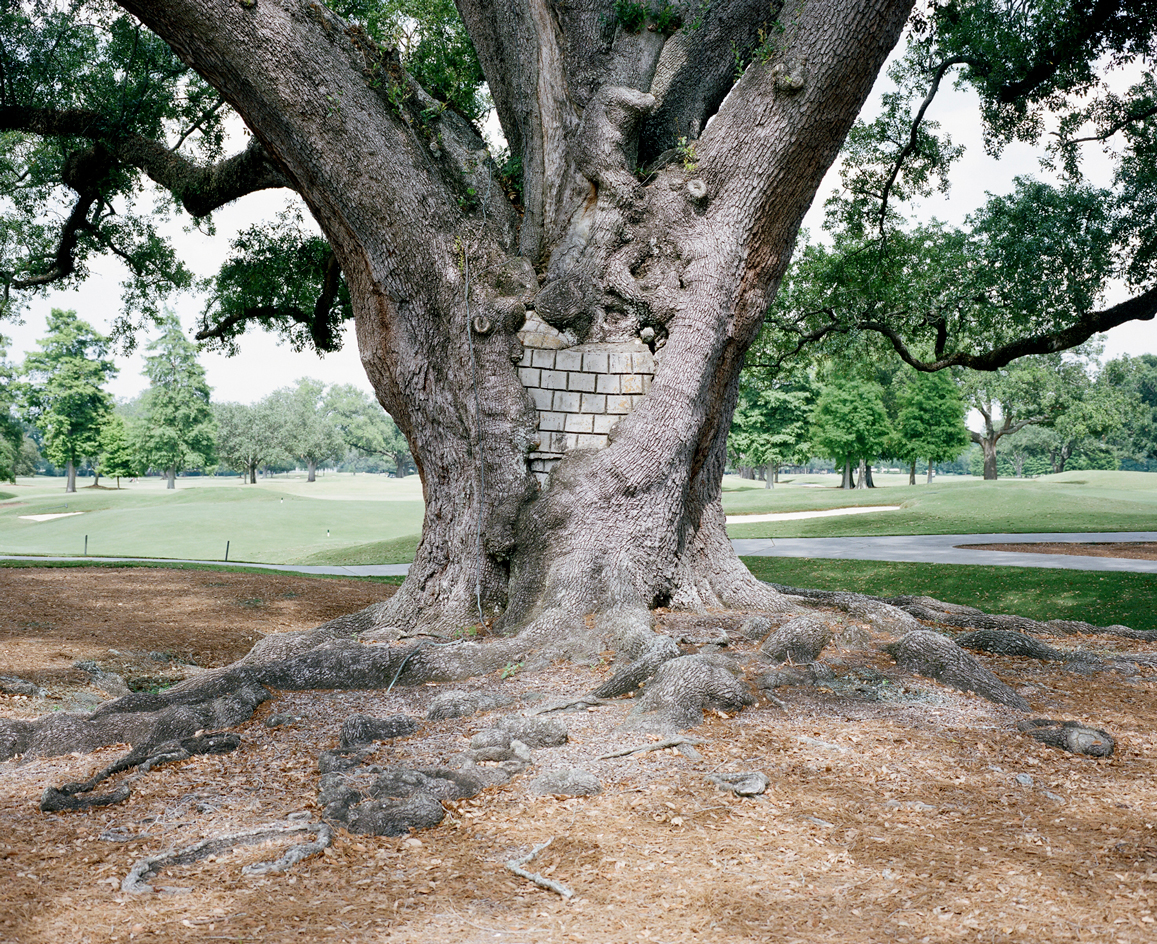
New Orleans Country Club, 2012. © Akasha Rabut from Death Magick Abundance, published by Anthology Editions
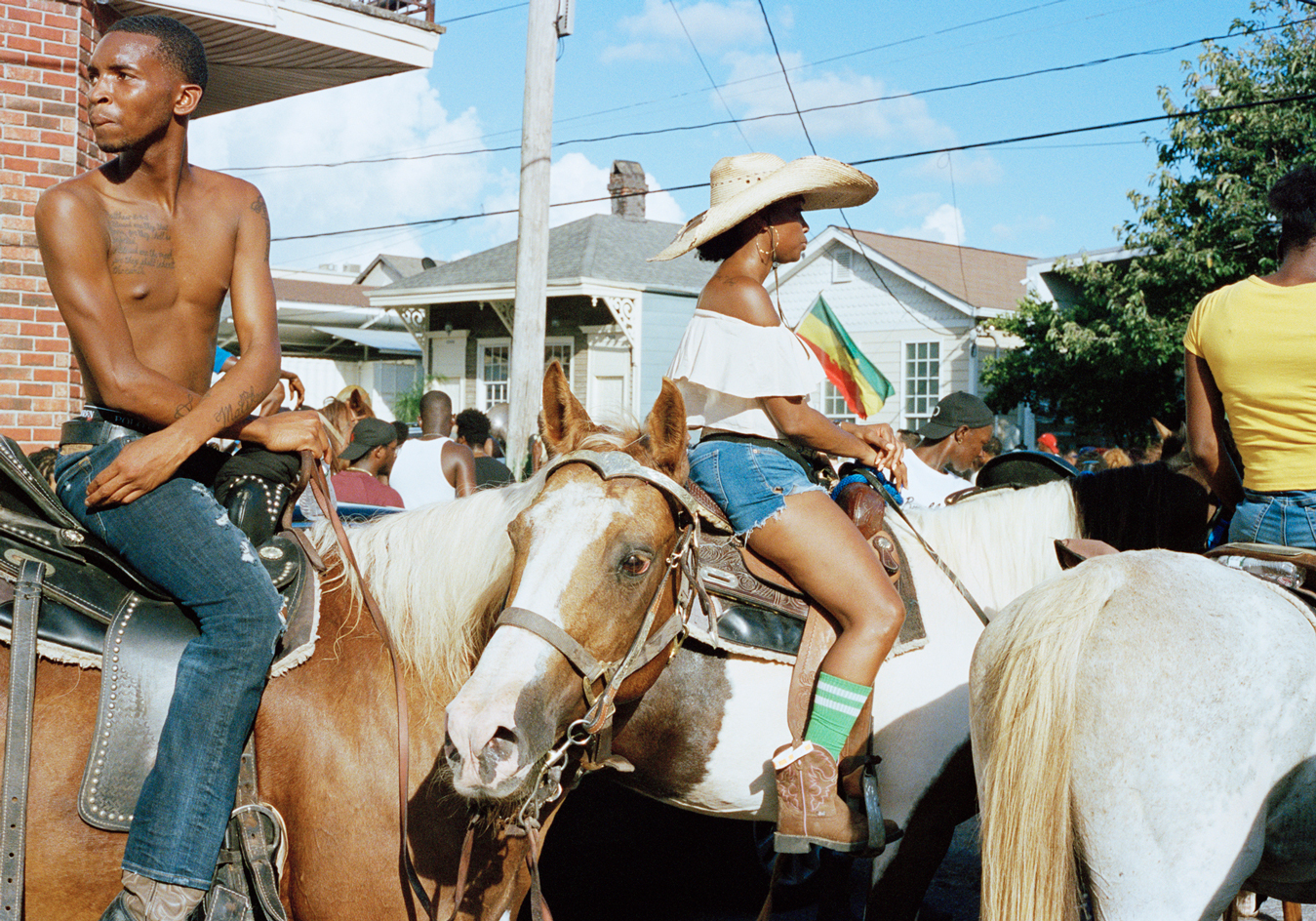
Central City, 2018 © Akasha Rabut from 'Death Magick Abundance' published by Anthology Editions
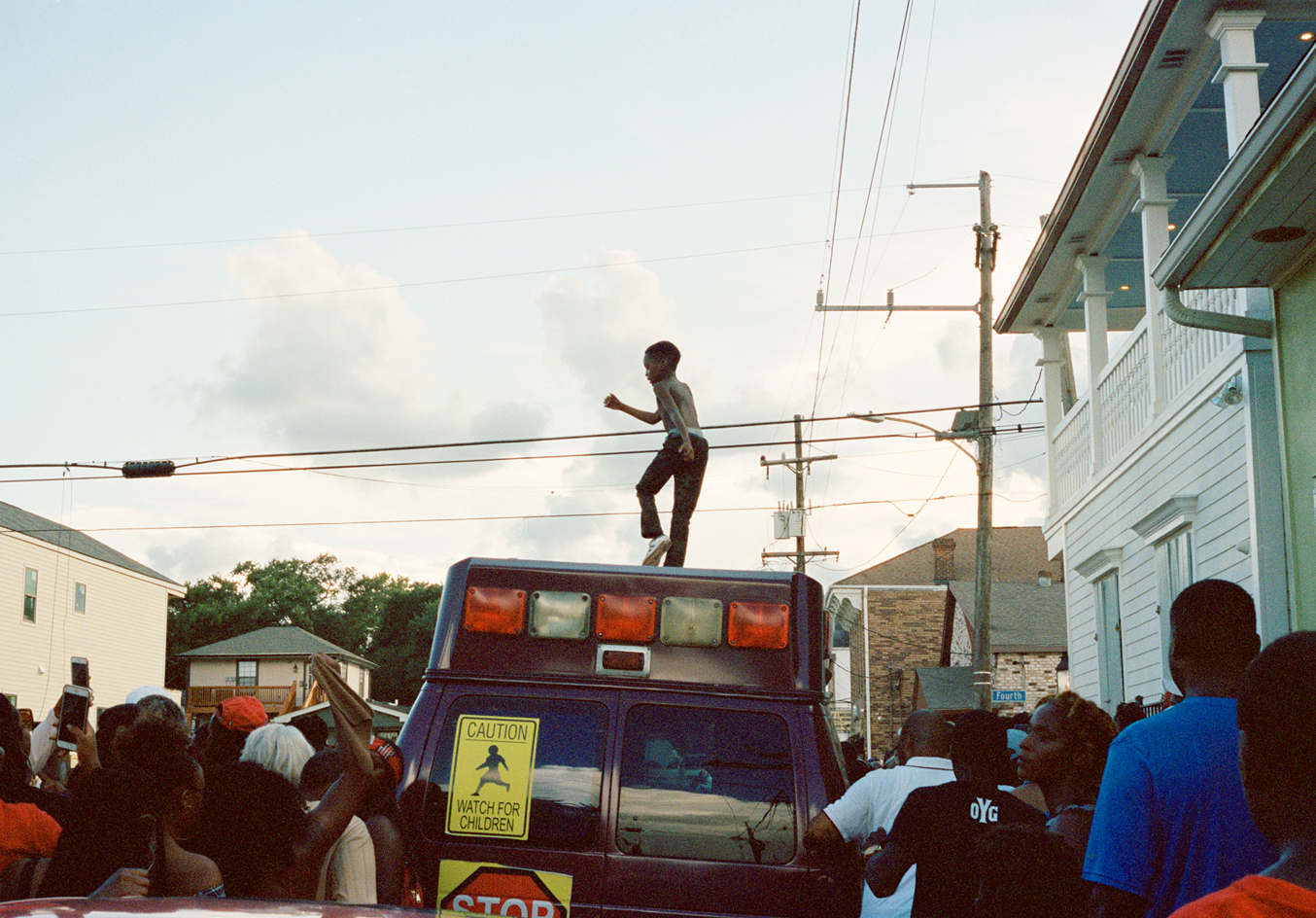
Central City, 2018 © Akasha Rabut from ’Death Magick Abundance’ published by Anthology Editions
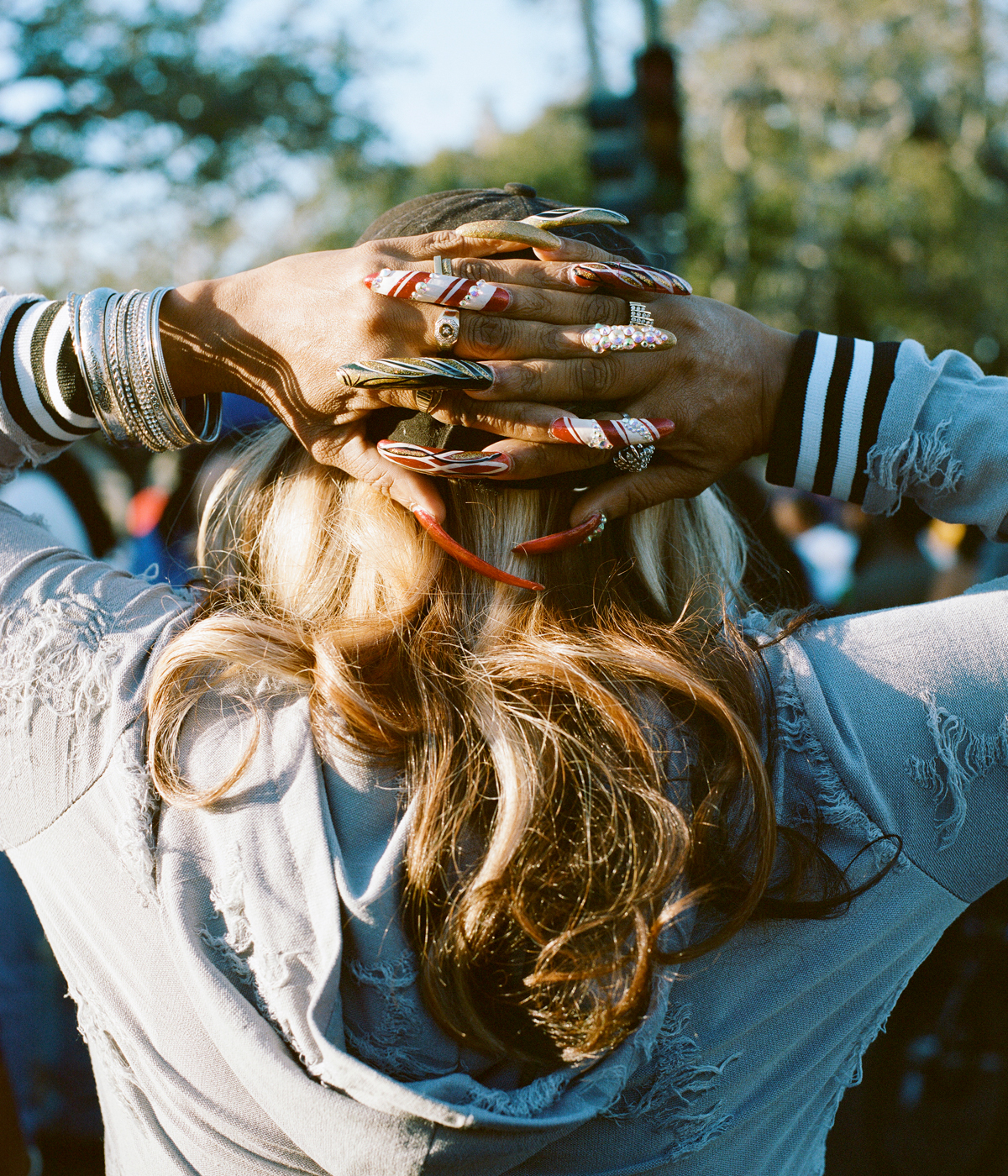
Super Sunday, 2019 © Akasha Rabut from 'Death Magick Abundance' published by Anthology Editions
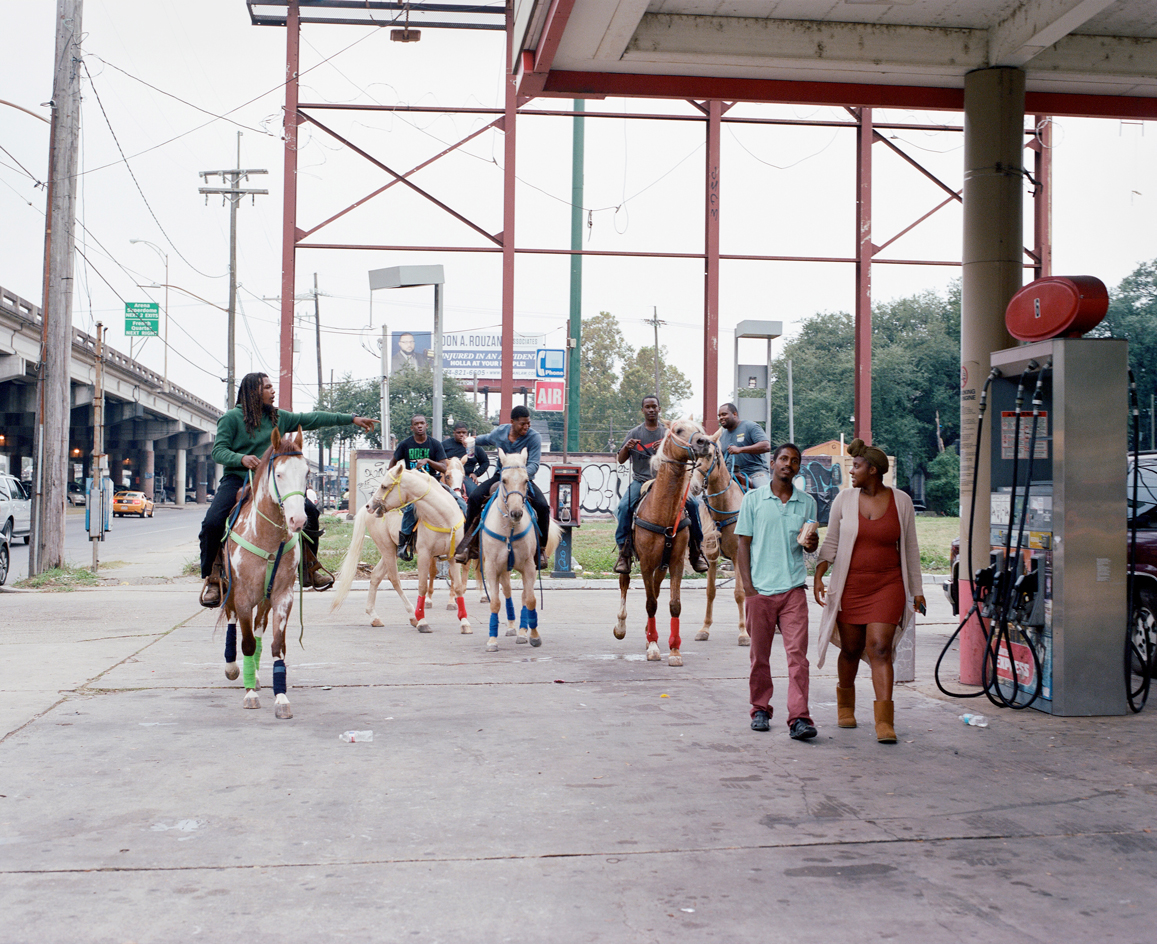
Claiborne Ave., 2016 © Akasha Rabut from 'Death Magick Abundance' published by Anthology Editions
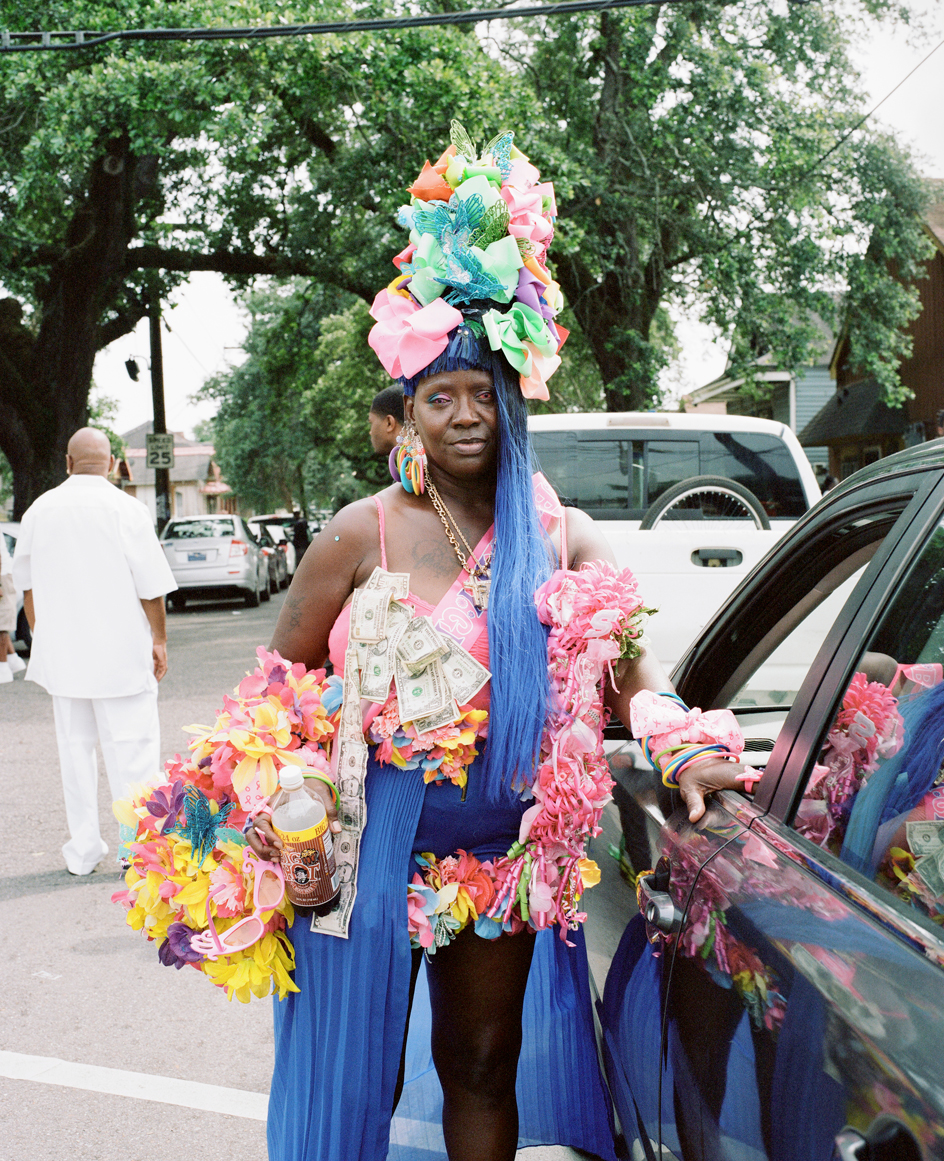
Sharon ‘Ms. Colors’ Walker, 2015 © Akasha Rabut from 'Death Magick Abundance' published by Anthology Editions
INFORMATION
Death Magick Abundance, available from 24 March, published by Anthology Editions. anthology.net
Receive our daily digest of inspiration, escapism and design stories from around the world direct to your inbox.
-
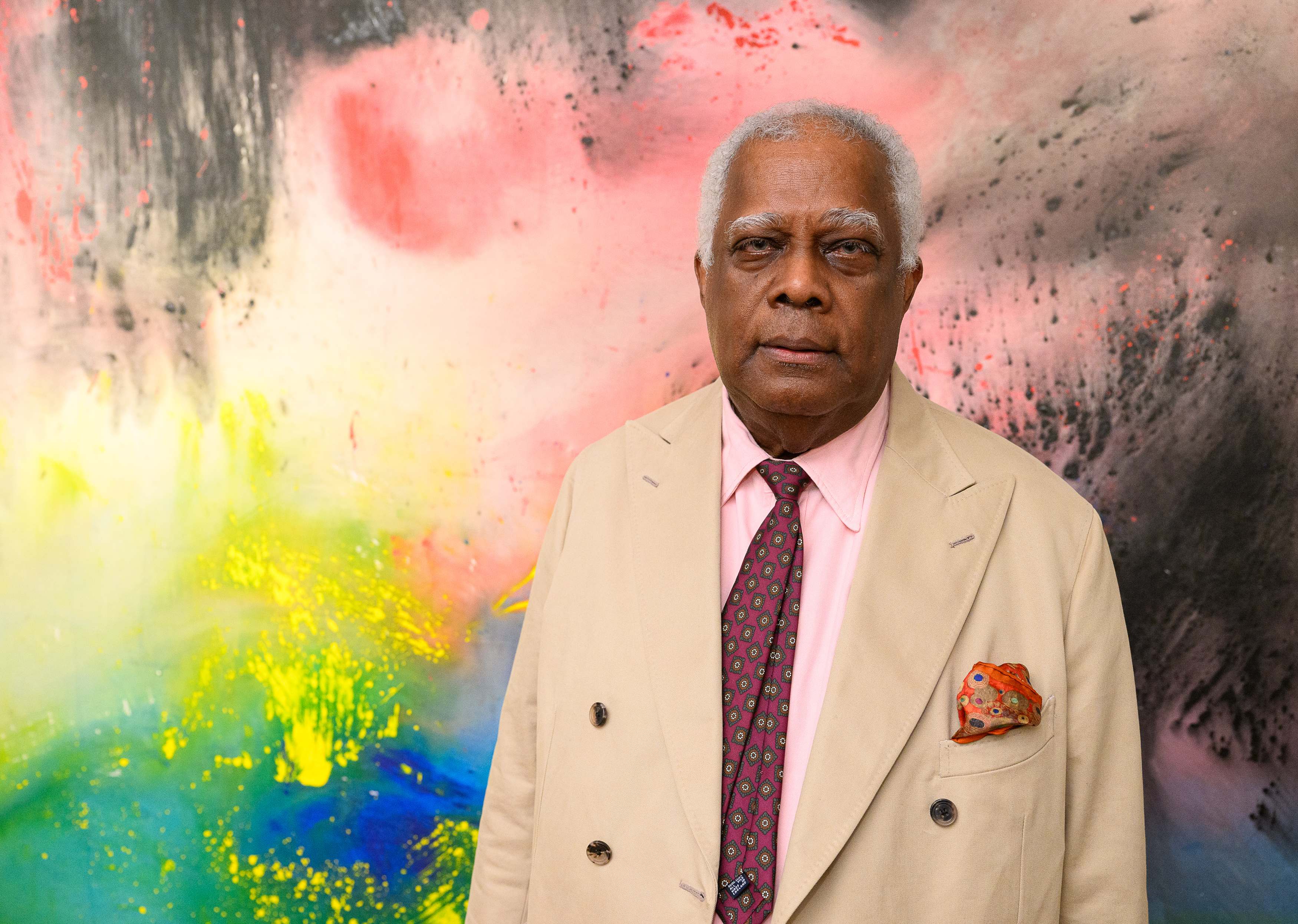 Winston Branch searches for colour and light in large-scale artworks in London
Winston Branch searches for colour and light in large-scale artworks in LondonWinston Branch returns to his roots in 'Out of the Calabash' at Goodman Gallery, London ,
-
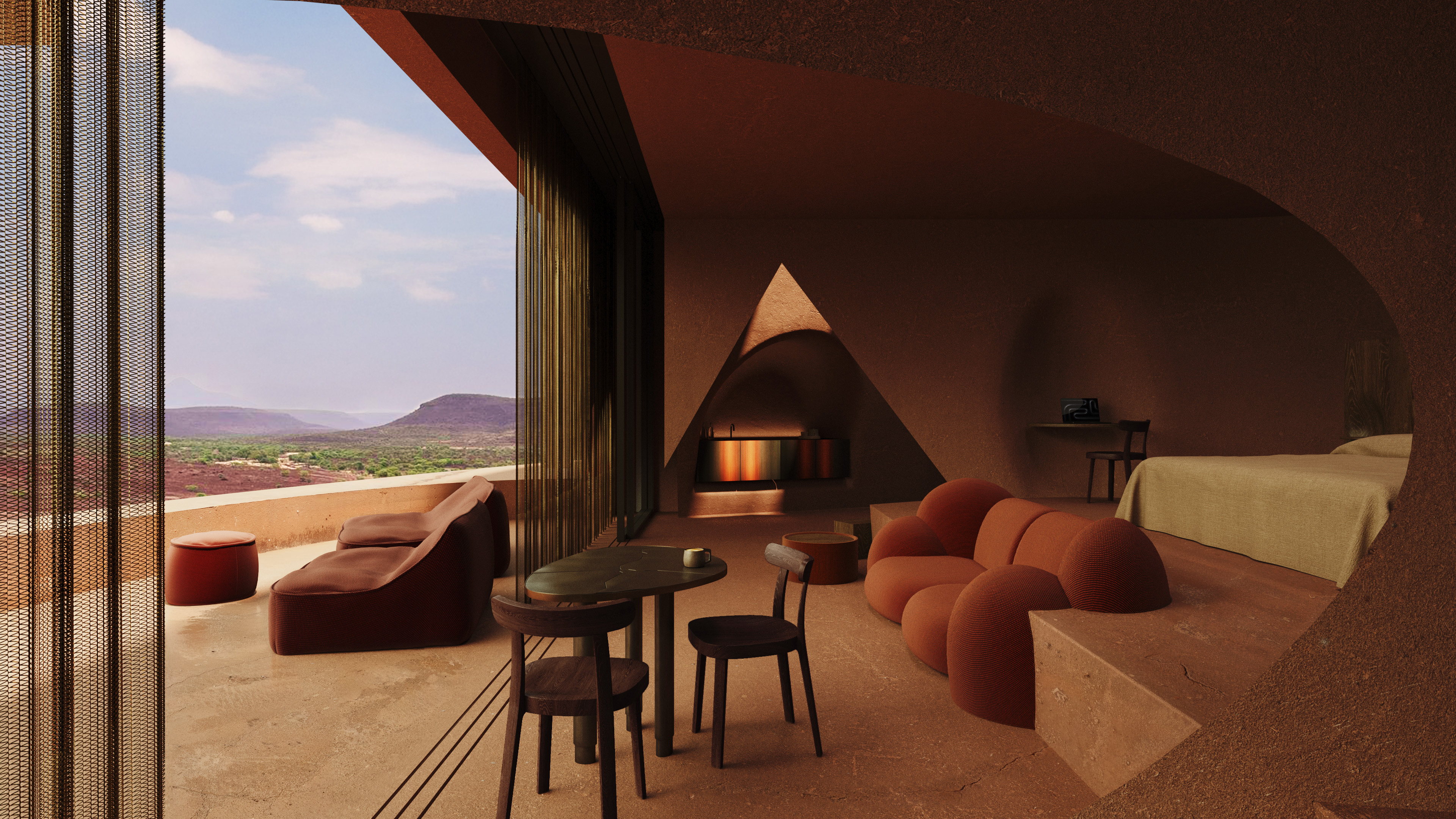 The most anticipated hotel openings of 2026
The most anticipated hotel openings of 2026From landmark restorations to remote retreats, these are the hotel debuts shaping the year ahead
-
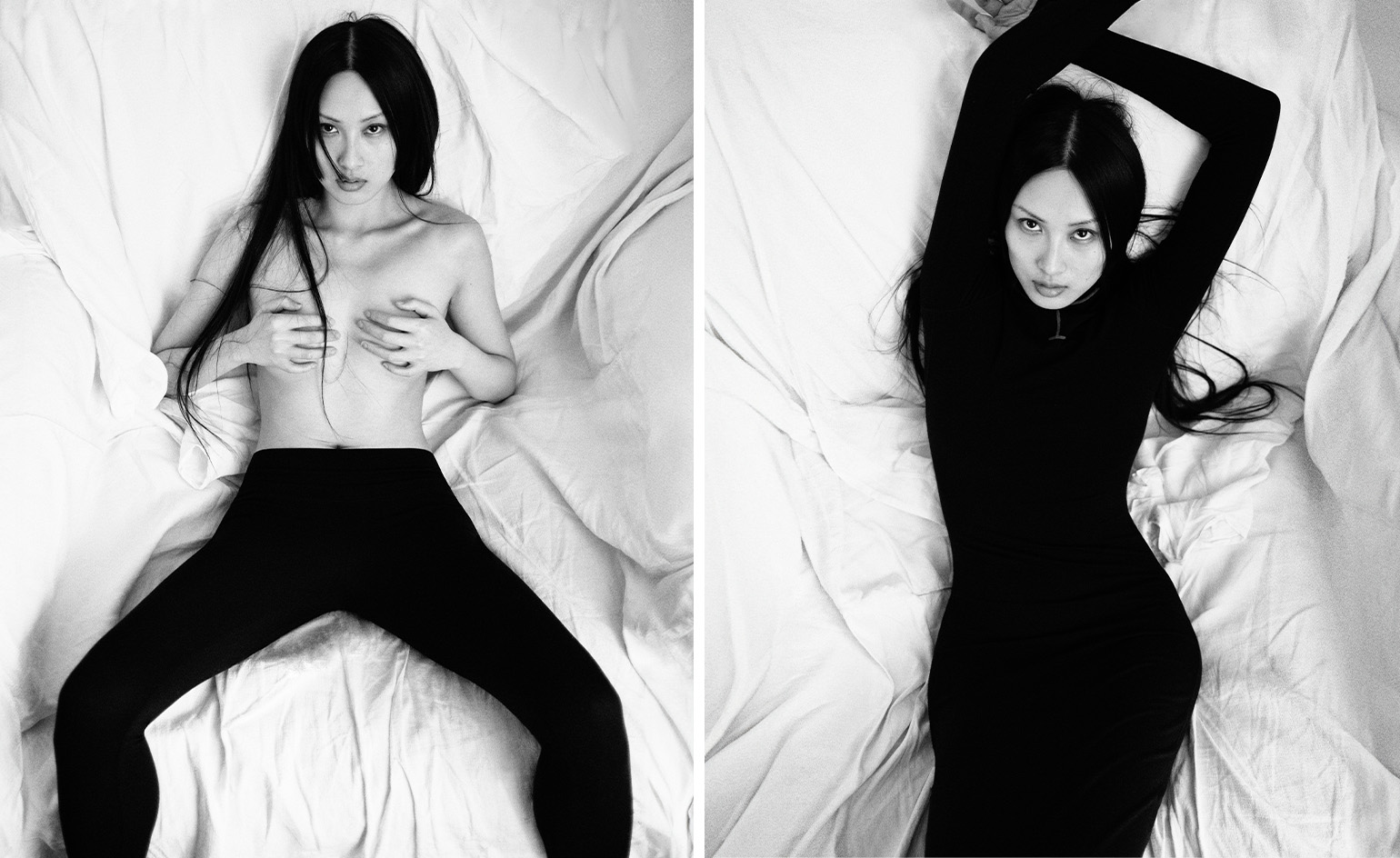 Is the future of beauty skincare you can wear? Sylva’s Tallulah Harlech thinks so
Is the future of beauty skincare you can wear? Sylva’s Tallulah Harlech thinks soThe stylist’s label, Sylva, comprises a tightly edited collection of pieces designed to complement the skin’s microbiome, made possible by rigorous technical innovation – something she thinks will be the future of both fashion and beauty
-
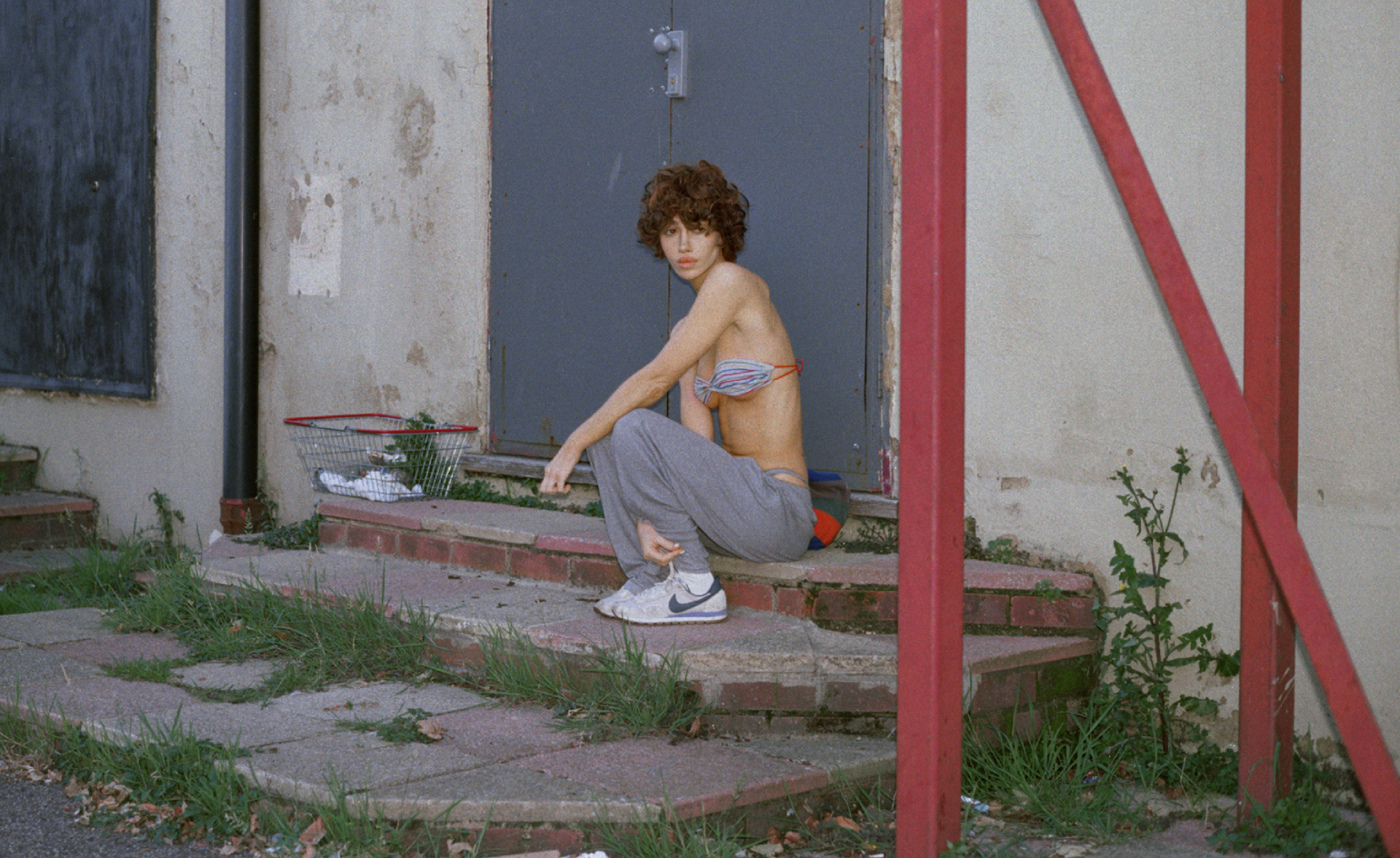 Nadia Lee Cohen distils a distant American memory into an unflinching new photo book
Nadia Lee Cohen distils a distant American memory into an unflinching new photo book‘Holy Ohio’ documents the British photographer and filmmaker’s personal journey as she reconnects with distant family and her earliest American memories
-
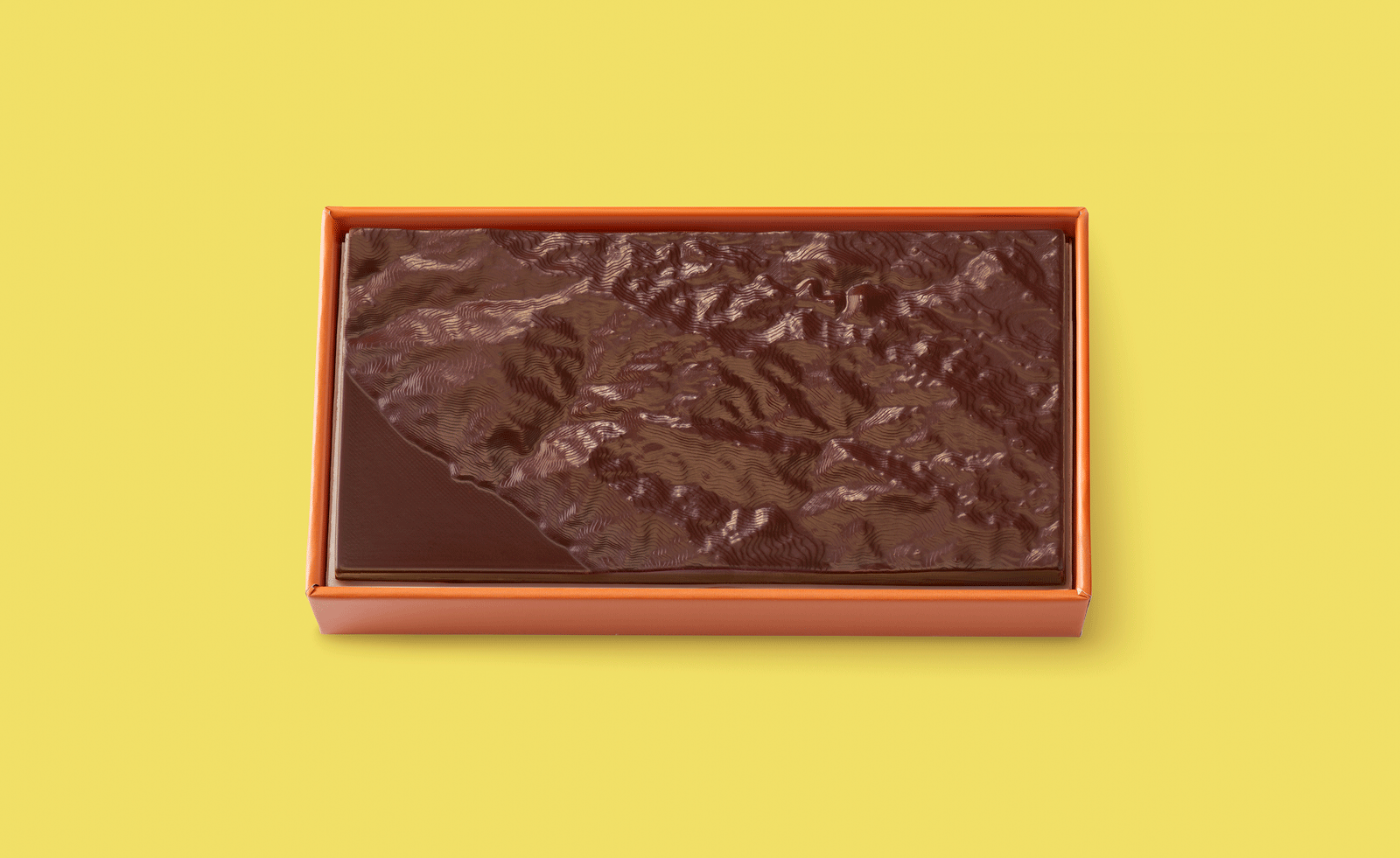 Ed Ruscha’s foray into chocolate is sweet, smart and very American
Ed Ruscha’s foray into chocolate is sweet, smart and very AmericanArt and chocolate combine deliciously in ‘Made in California’, a project from the artist with andSons Chocolatiers
-
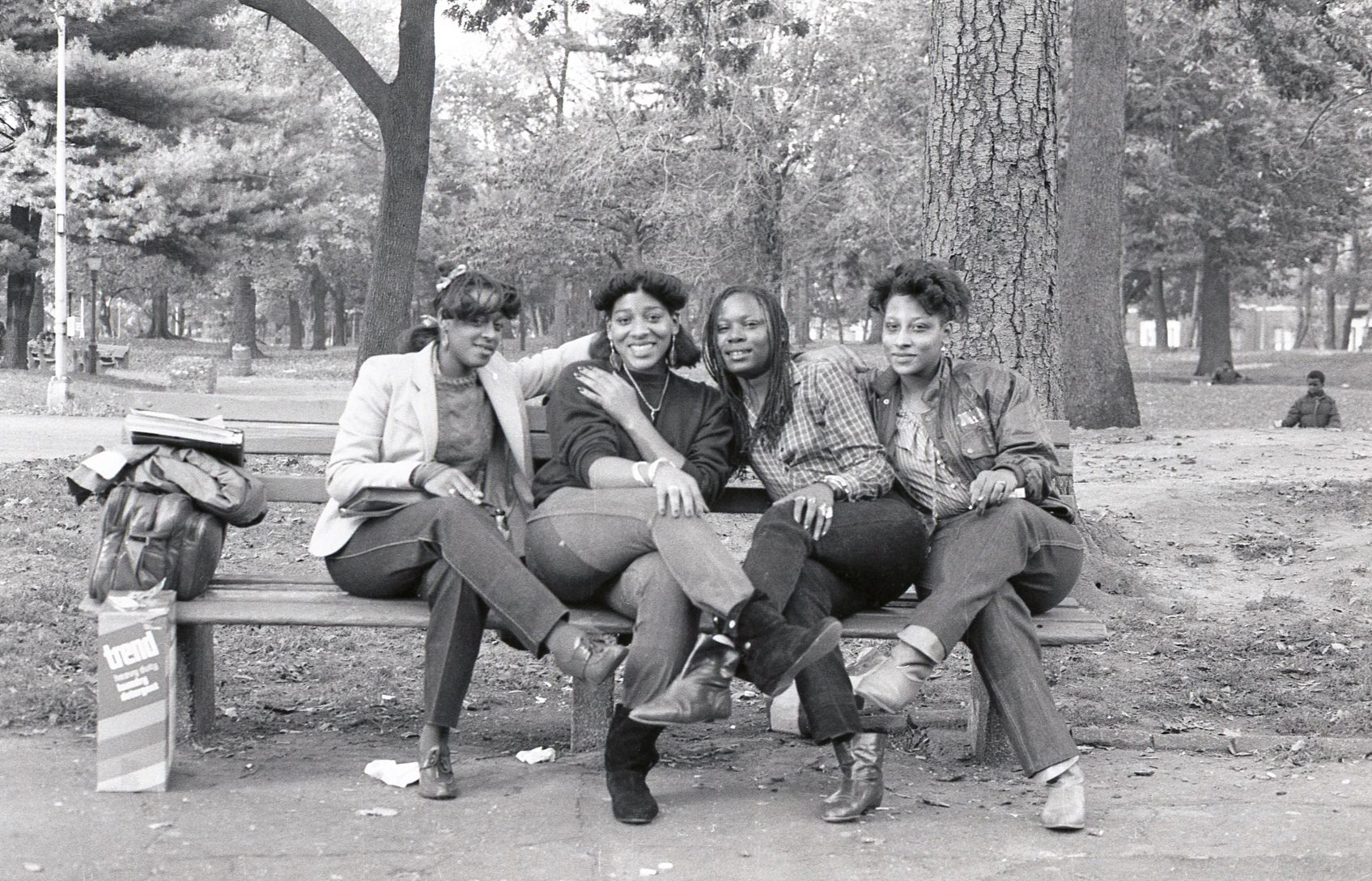 Jamel Shabazz’s photographs are a love letter to Prospect Park
Jamel Shabazz’s photographs are a love letter to Prospect ParkIn a new book, ‘Prospect Park: Photographs of a Brooklyn Oasis, 1980 to 2025’, Jamel Shabazz discovers a warmer side of human nature
-
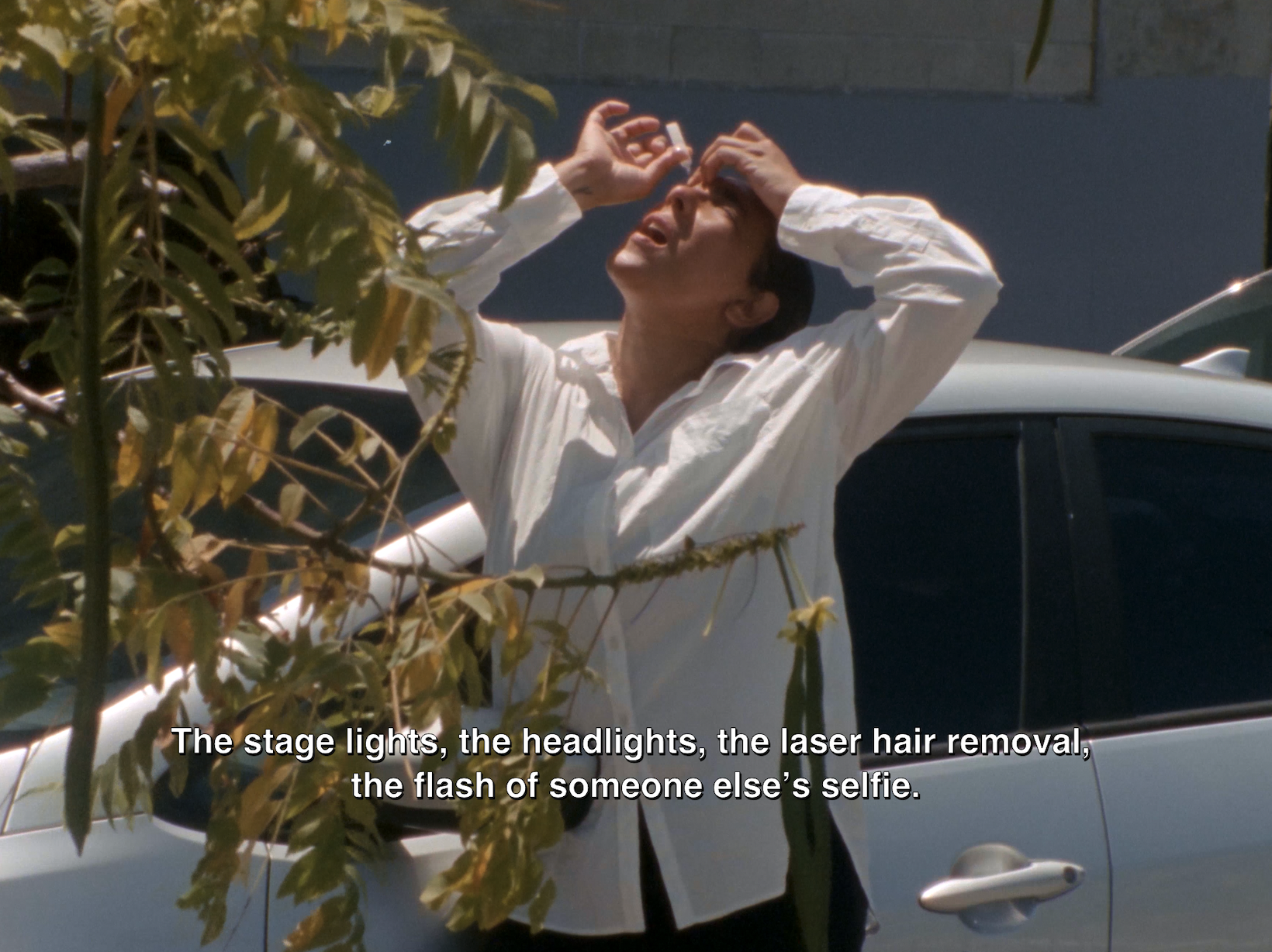 The Hammer Museum in Los Angeles launches the seventh iteration of its highly anticipated artist biennial
The Hammer Museum in Los Angeles launches the seventh iteration of its highly anticipated artist biennialOne of the gallery's flagship exhibitions, Made in LA showcases the breadth and depth of the city's contemporary art scene
-
 Thomas Prior’s photography captures the uncanny fragility of American life
Thomas Prior’s photography captures the uncanny fragility of American lifeA new book unites two decades of the photographer’s piercing, uneasy work
-
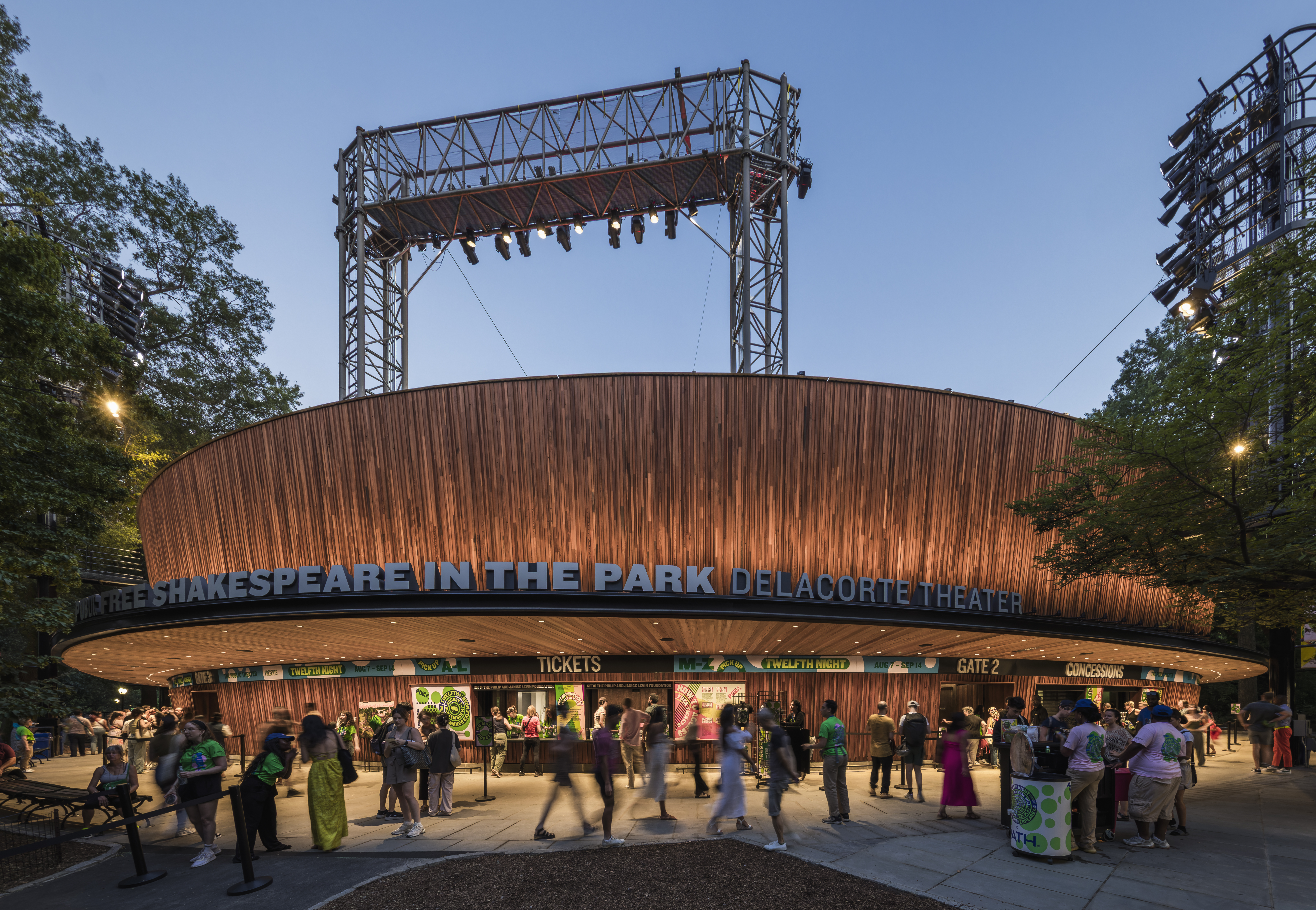 Central Park’s revitalised Delacorte Theater gears up for a new future
Central Park’s revitalised Delacorte Theater gears up for a new futureEnnead Architects helmed an ambitious renovation process that has given the New York City cultural landmark a vibrant and more accessible future
-
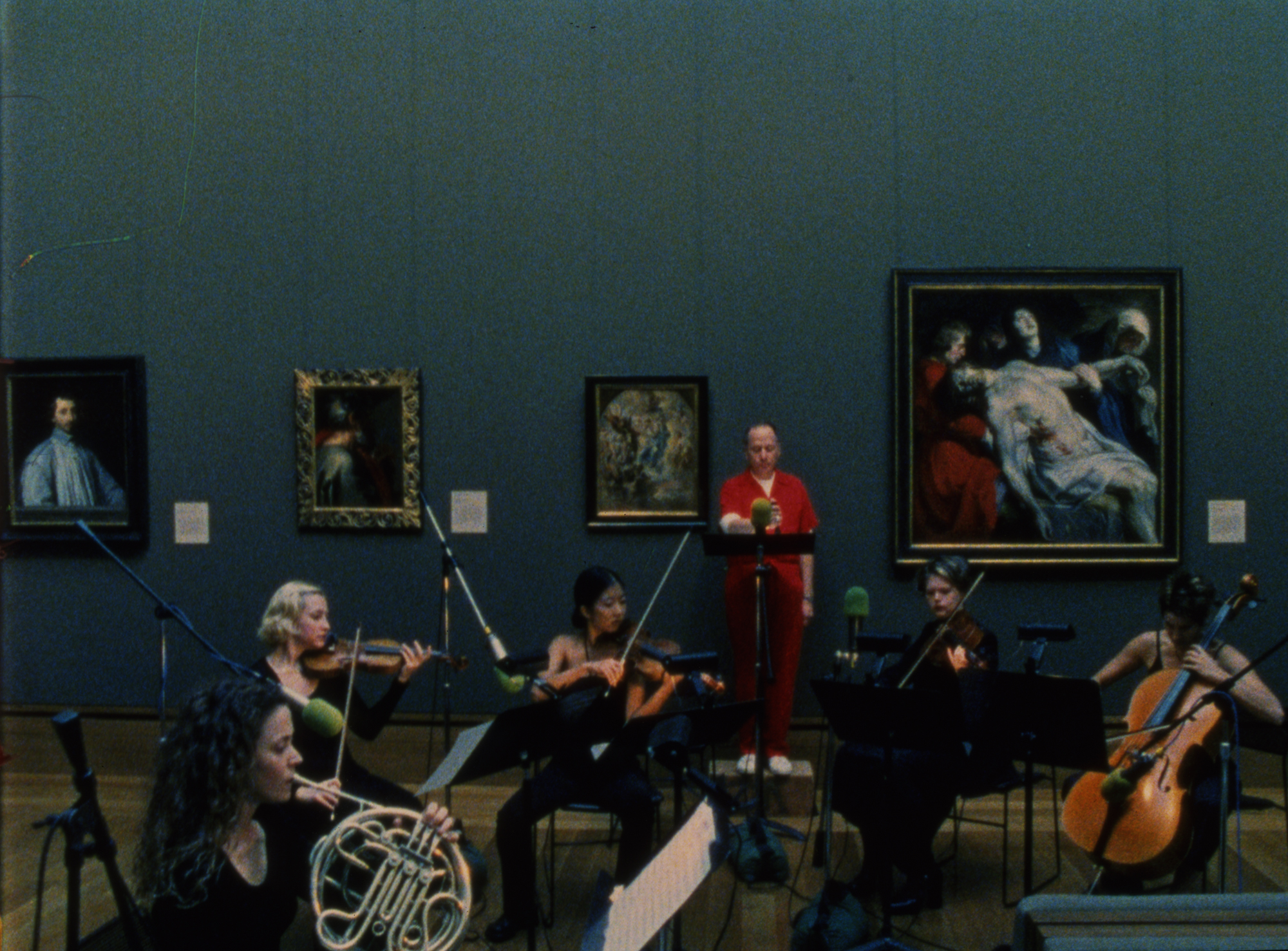 Stephen Prina borrows from pop, classical and modern music: now MoMA pays tribute to his performance work
Stephen Prina borrows from pop, classical and modern music: now MoMA pays tribute to his performance work‘Stephen Prina: A Lick and a Promise’ recalls the artist, musician, and composer’s performances, and is presented throughout MoMA. Prina tells us more
-
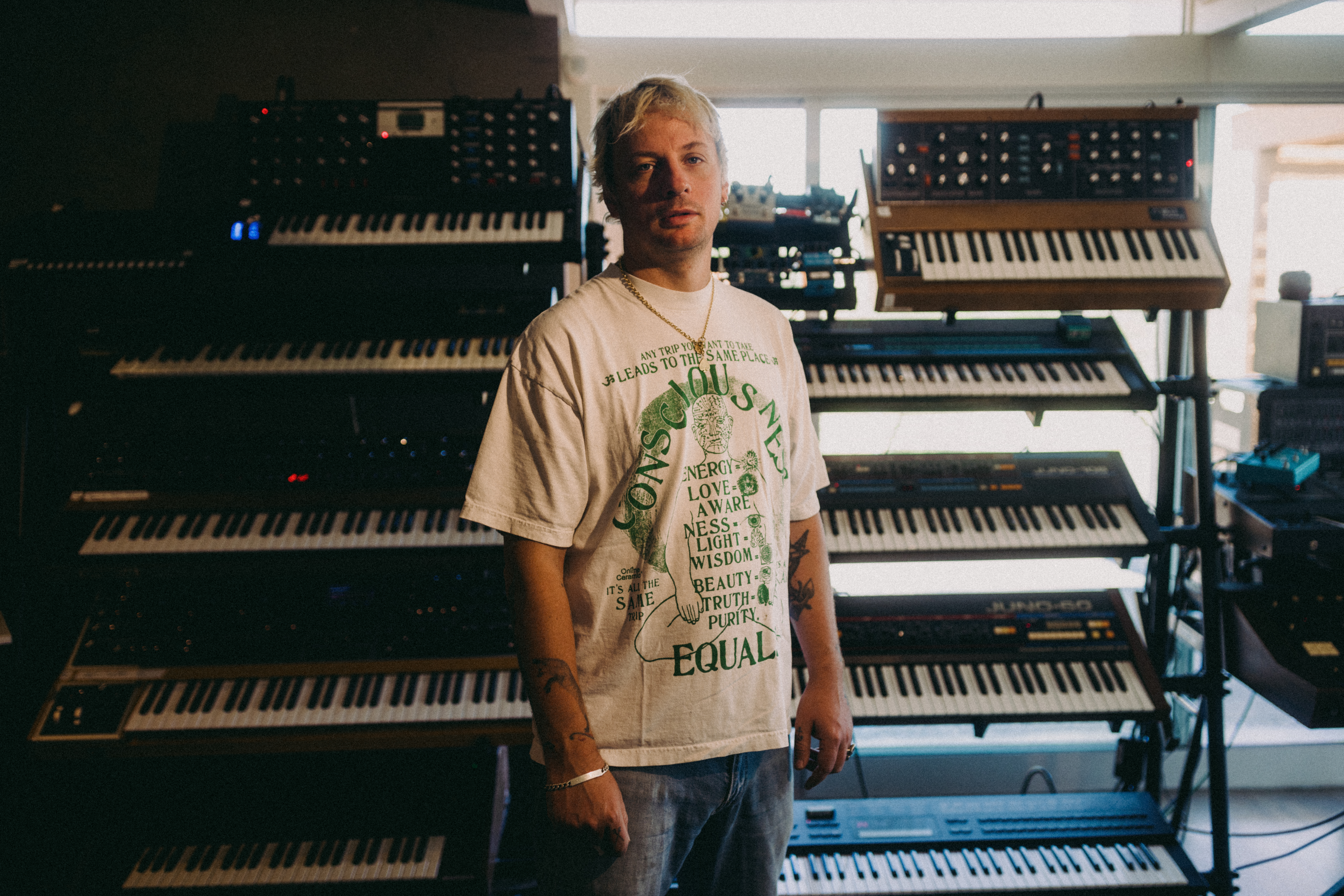 Curtains up, Kid Harpoon rethinks the sound of Broadway production ‘Art’
Curtains up, Kid Harpoon rethinks the sound of Broadway production ‘Art’He’s crafted hits with Harry Styles and Miley Cyrus; now songwriter and producer Kid Harpoon (aka Tom Hull) tells us about composing the music for the new, all-star Broadway revival of Yasmina Reza’s play ‘Art’